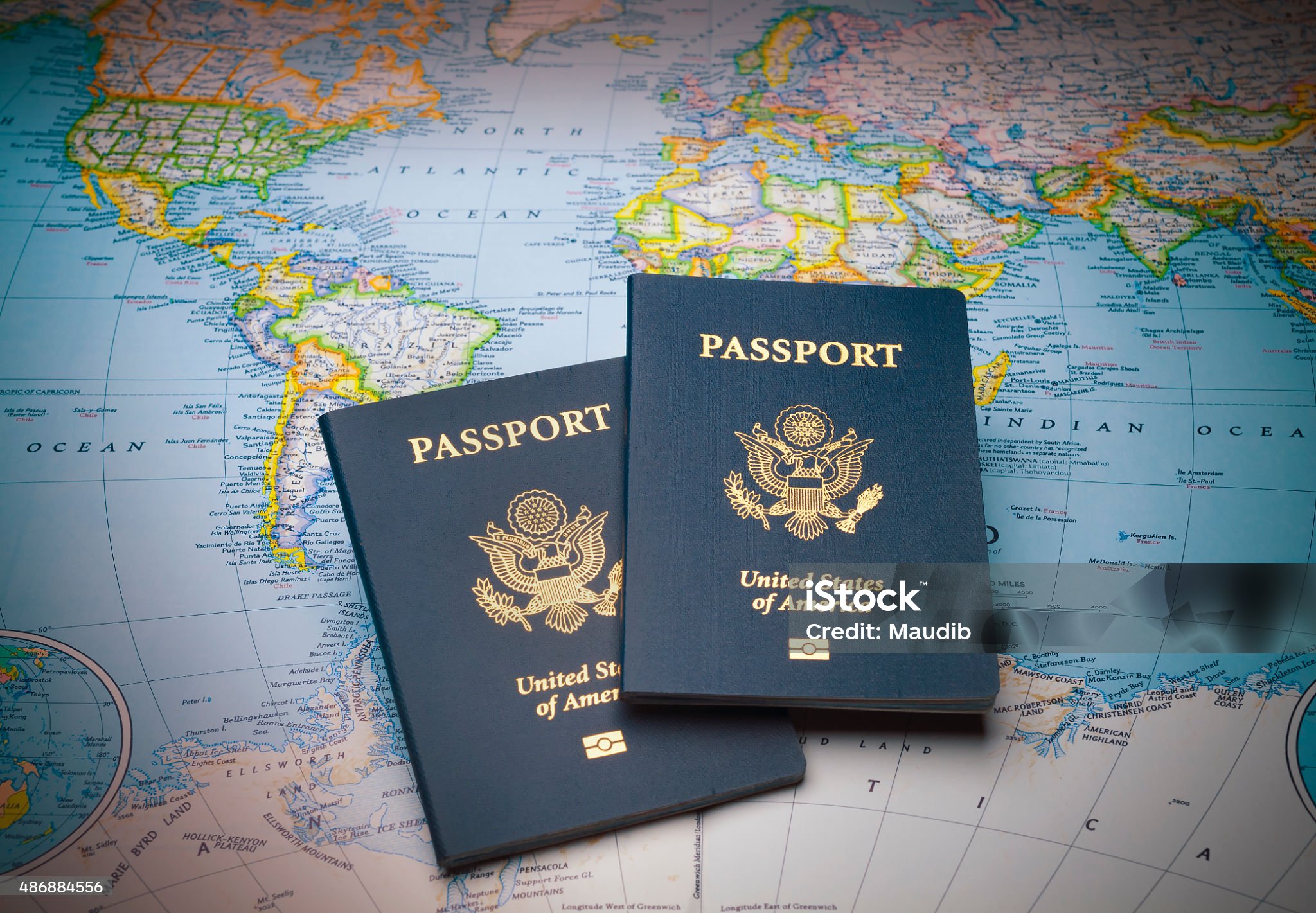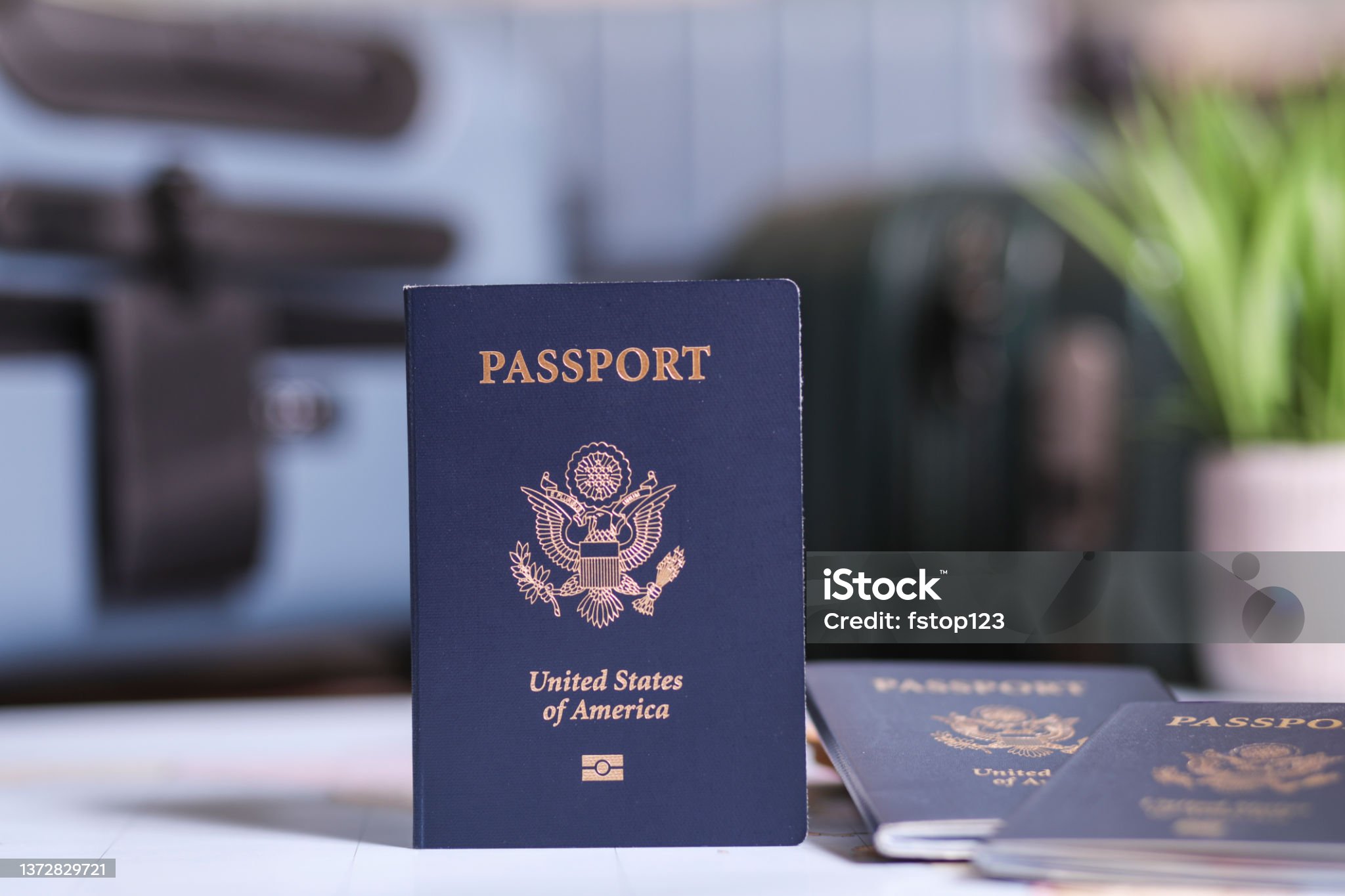Complete Guide on Fraud Prevention in Identification Documents plus Technological Trends
Complete Guide on Fraud Prevention in Identification Documents plus Technological Trends
Blog Article

1. Introduction to Identification Documents
Personal identification documents are crucial for both individuals and society. Serving as "permissions" and "access tools," these documents help society run efficiently when widely accepted and available. Various types of identification documents exist, each representing a distinct aspect or purpose. Take, for instance, a copyright, which authorizes one to operate a vehicle, and a copyright, which demonstrates citizenship and enables global travel. Such documents serve a vital personal function and are essential when handling contracts, such as for employment, services, insurance, or rentals. Often, financial institutions might require access to these forms of identification when dealing with borrowers who seem unreliable or possess weak credit backgrounds. Such identification serves dual purposes: proof of identity and legal authorization for various activities.
Historically, identification documents did not hold as much importance in daily affairs as they do today. The importance of these documents has grown alongside changes in security measures and legal requirements. Technological advancements have permitted the development of security systems that far exceed the ID technologies currently available to consumers. Numerous nations are transitioning to biometric-based standards for national IDs. Some already use electronic exit technology.
A person's identification documents serve as a formal confirmation of their legal standing. Globally recognized identification forms, such as passports, copyright, copyright, and driver's licenses, are considered valid at both national and international levels. People often securely store their critical identification documents so that they can readily access them at a moment's notice.
This discussion focuses on the importance and legitimacy of documents like the IDP, Real ID, copyright, copyright, copyright, and resident permits to raise awareness about their significance. Both educators and the public ought to be aware of these key identification papers, as it could be useful in preventing the loss or aiding in the recovery of such essential items. The content here is directed at both domestic and international audiences, aiming to ensure they possess the vital documents necessary for their knowledge and ideals.
2. Legal Framework and Regulations Governing Identification Documents
Identification documents are governed by laws and regulations that vary from one jurisdiction to another. These documents are given to individuals by issuing authorities following rules to ensure accuracy and authenticity. These documents can be mandatory for certain situations while serving as optional verification in others. It is the responsibility of the individual to follow the rules of the jurisdiction that governs the use of the document. In summary, it is important for individuals to understand the local or specific legal requirements that apply to them in any jurisdiction where they expect or plan to carry out any transaction or to use such documents. For the most part, state or local government agencies are responsible for issuing, regulating, and limiting specific documents for designated transactions.
However, jurisdictional identification requirements can sometimes create conflicts for those traveling or doing business internationally. Thus, it is a widespread issue when travelers struggle with unfamiliar identification regulations across countries. While it is impractical to outline all the specific regulations from each country, it is crucial to recognize that with 200 countries and billions of travelers, knowing these rules is essential for global business and travel. Failure to follow these rules may result in legal conflicts in foreign countries, where international reciprocity must then be considered. Failure to comply could cause legal implications, both civil and criminal, by infringing on laws about identity, privacy, commerce, trade, and human rights.
The balancing of public policies with protected rights is often challenging when determining security guidelines for travel identification documents. That is, human rights can be at odds with public policies that demand strict identification measures to prevent terrorism. Finally, within the last five years, with the rise and acceptance of digital mobile driver's licenses, countries have been clarifying or drafting new laws and regulations to govern their use, which remains an evolving area. Digital identification documents for travel have been held up as the next path for moving the world travel community. Even with the world moving toward mobile driver licenses, there will still be a need for a copyright, it seems, for some time into the future. 
The standard and evolution of mobile driver licenses and digital ID is occurring too. Take California as an example: roughly two years after the state passed its mobile copyright legislation, stakeholders are nearing agreement on the formal regulations for California's first mobile copyright.
3. Comparative Analysis of International Driver’s License, Real ID, copyright, copyright, copyright, and Resident Permit
An International Driver’s License serves as a form of identification for individuals driving in foreign countries. Neither the United Nations nor the International Non-Governmental Organization designed the International Driver’s License for the purpose of traveling between states.
The Real ID, as an identification, would primarily have a function such as being a widely acceptable identification to board domestic flights, alongside state driver’s licenses and identification cards produced by states and territories following a national standard. In addition to domestic travel, the Real ID can be used to enter federal sites and nuclear plants. However, the Real ID is not a travel document, copyright, visa, or resident permit. Though some people might use the Real ID internationally for identification purposes and to confirm birth date, the Real ID is primarily used to travel domestically.
More specifically, passports in the U.S. are considered a primary form of identification, not a derived one. A copyright is primarily used as a tool of foreign diplomacy; it was made to protect citizens from arrest or to help them travel and attend non-obligatory meetings to negotiate treaties or other matters of common concern. This is the copyright’s formal and administrative role. The copyright also has, naturally, additional bureaucratic and personal uses. In order to travel abroad, especially across state borders, but in some states inter-regionally, the traveler must not only be fit to carry a copyright but also meet many other requirements.
copyright are issued at birth and are typically required to acquire passports and other forms of official ID. When comparing the two, it seems that both a copyright and a copyright serve the same fundamental purpose. However, a copyright has ongoing effects. Also, even if served in acquisition, the copyright never leads to the acquisition of a “second copyright”. It is irrelevant to the second copyright unless the traveler intends to pursue an unlawful second nationality.
4. Security Features and Anti-Fraud Measures in Identification Documents
Various security features guard against counterfeiting, alteration, tampering, and fraudulent use. For example, many ID cards and documents include advanced features like holograms, layered copyright images, and laser-etched designs. Other cards may contain an embedded RFID chip with a stored digital image and other biometric information.
Many security features are covert or semi-covert, like special inks or designs, watermarks, and microtext. Such security features are designed to make identification documents highly resistant to counterfeiting. 
In general, the level of security of an copyright should correspond to the level of trust required. For instance, a copyright may have less stringent security measures compared to a copyright, as it is mainly used within a country.
Technological progress has enabled the development of increasingly complex security features for identification cards. Actively promoting and adopting new security technologies is crucial to staying ahead of those attempting to copyright or commit fraud with ID documents.
Additionally, constantly assessing existing and new security features and issuance techniques is critical. This evaluation ensures that identification security systems remain strong in the face of new and advancing threats.
A robust anti-fraud security system must focus on both proactive and reactive approaches to prevent fraud. Proactive strategies involve measures such as training, public outreach, public service announcements, security conferences, and workshops.
5. Conclusion and Future Trends in Identification Document Technology
This document provides a global overview of various types of identification documents across different countries. It is important to see ID from both a technical perspective, considering security features, verification, and issuing authorities, but also from a legal standpoint, focusing on how these documents hold up in courts for verification.
Research indicates that opinions on the quality of identification documents and their verification worth differ depending on the context of use. It would also be interesting to use ethnography to show that what a good document might be according to the country of origin could be very different. Comparative work also offers understanding of the differences in document legitimacy, even among countries with comparable political, economic, and social frameworks.
The future of identification documents is undergoing significant change, driven by advances in digital technology. Digital technology is consistently improving the security and service potential of secure documents like electronic IDs (eIDs), in line with the widespread use of mobile devices. Key developments in this technological shift are the integration of biometrics and blockchain as distributed ledger technologies.
Biometrics and its “liveness” function will collect the necessary biometric data during the direct correspondence between the person and the enrolling or verification authority, increasing the level of trust in the correct identity, excluding digital diversion of identity. This technology may push beyond the boundaries of human rights recognized under international law and constitutional frameworks. This access should be kept as private as possible and subject to individual consent.
Digital identity systems might contribute to exclusion, particularly for individuals who do not have easy access to digital identification systems. Not everyone is able to easily obtain a digital identity. A so-called “identity gap” is being discussed as a result of technology, which has created disparities in access to identity verification for different areas of life.
There should be more detailed comparisons between digital identity systems and physical IDs. Besides verifying identities, these systems are used to assess risk in various transactional contexts. Further research is needed to explore how offline verification rights translate into the digital identity space.